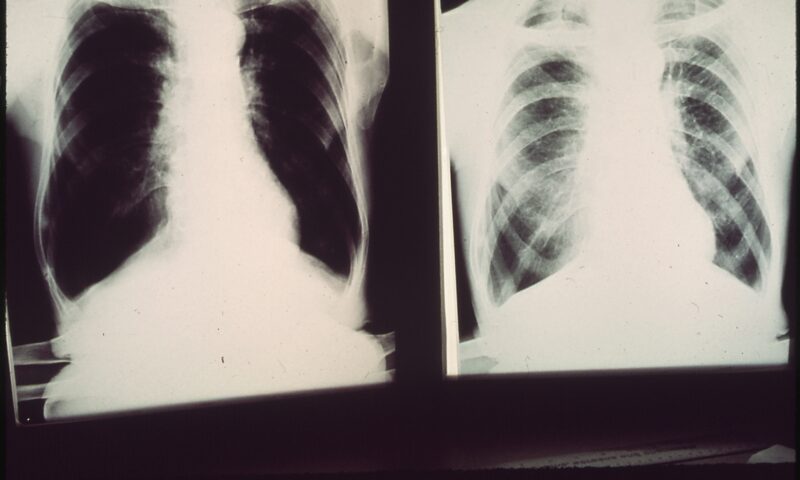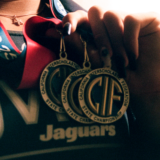Culture & Media
Unhappy Days Are Here Again

On the alternate Earth where some pundits live, the worst thing to ever befall Americans during the Great Depression was the New Deal. To them, federal recovery programs were wasteful extravagances that straight-jacketed men of wealth from creating jobs while inventing a nation of loafers. Some revisionist historians have even suggested that the Depression wasn’t as bad as people say it was – at least not Grapes of Wrath bad. These Depression deniers and the fairy tales they spread on talk radio and in blogs help explain why today’s political wilderness rings with the sound of falling axes as Congress merrily chops down the social programs that protect the poor, unemployed and injured.
Men and women grow old and die, but there are documents, both large and small, that loudly declare these new interpretations of the Depression to be the myths they are. One of the small but forceful records is White Collar, a wordless graphic novel first self-published in 1939 by its artist auteur, Giacomo Patri — an Italian immigrant who graduated from art school in San Francisco during the 1920s and became involved in the Bay Area labor movement a decade later.
I first came across Patri’s book in the mid 1970s. Celestial Arts press had recently put out the first modern reprint of its 1940 edition, which included a brief introduction by painter Rockwell Kent and a rather perfunctory afterword from United Mine Workers leader John L. Lewis.
In between these two commentaries are 128 harrowing illustrations carved into linoleum blocks. Each vividly tells a chapter in the life of a nameless illustrator who, somewhat like Patri himself, loses his path to success after the Wall Street crash, only to discovery his identity in what the book’s dedication calls “The great progressive labor movement.” In Patri’s narrative the villain is as much the prejudice of white-collar professionals against blue collar workers, as it is economic injustice.
The book is full of dramatic vignettes: The Illustrator’s family newly evicted from their house, the man and his wife visiting a back alley abortionist, etc. The power of these iconic tableaux is that of the indelible image of the silent movie or the public mural. But White Collar also draws strength from little details and in the subtle changes of facial expressions: The condescending smirk on the Illustrator’s face as he passes a man and woman picketing a factory, the gargoylesque masks of the family’s creditors and, finally, the grim determination on the faces of thousands of newly united white- and blue-collar workers, whose ranks stretch back to a troubled horizon.
Today it’s easy to dismiss White Collar with an airy wave of the hand, consigning it to the pulp bin of propaganda. But this is to willfully overlook its charms, for like the very best agitprop the book inspires timeless curiosity about its era. By turns Expressionistic and a work of WPA-style art, it still provokes. I would favorably hold it up to Lynn Ward’s classic woodcut novel, God’s Man – in fact, both artists appeared in the anthology, Graphic Witness: Four Wordless Graphic Novels (2007, Firefly Books). This collection is one relatively easy way to find White Collar – another is the Internet, where Patri’s work can found in several places, or the occasional art exhibit.
It’s at our own peril that we grow sentimental about the Great Depression, or don’t imagine that it can happen again – or is happening again. Patri’s linocuts teach us that hard times are never far away — and are nothing to get nostalgic about.

-

 Latest NewsJune 17, 2025
Latest NewsJune 17, 2025A Coal Miner’s Daughter Takes on DOGE to Protect Miners’ Health
-

 Beyond the BorderJune 10, 2025
Beyond the BorderJune 10, 2025Detained Man Says ICE Isn’t Treating His Colon Cancer
-

 Column - State of InequalityJune 5, 2025
Column - State of InequalityJune 5, 2025Budget Cuts Threaten In-Home Assistance Workers and Medi-Cal Recipients
-

 Column - State of InequalityJune 12, 2025
Column - State of InequalityJune 12, 2025‘Patients Will Suffer. Patients Will Die.’ Why California’s Rural Hospitals Are Flatlining.
-

 Column - California UncoveredJune 18, 2025
Column - California UncoveredJune 18, 2025Can Gov. Gavin Newsom Make Californians Healthier?
-

 Featured VideoJune 10, 2025
Featured VideoJune 10, 2025Police Violently Crack Down on L.A. Protests
-

 Latest NewsJune 4, 2025
Latest NewsJune 4, 2025Grace Under Fire: Transgender Student Athlete AB Hernandez’s Winning Weekend
-

 The SlickJune 6, 2025
The SlickJune 6, 2025Pennsylvania Has Failed Environmental Justice Communities for Years. A New Bill Could Change That.

